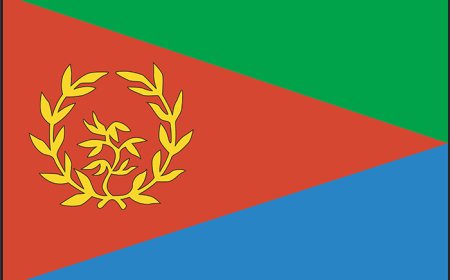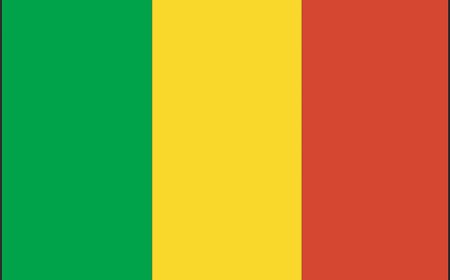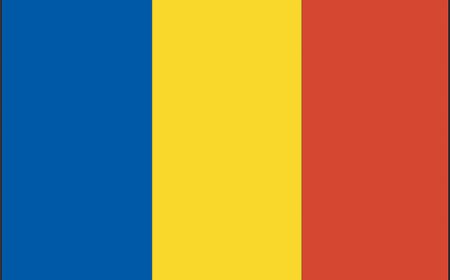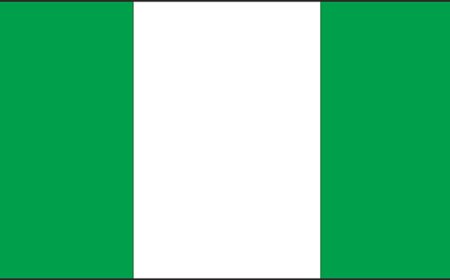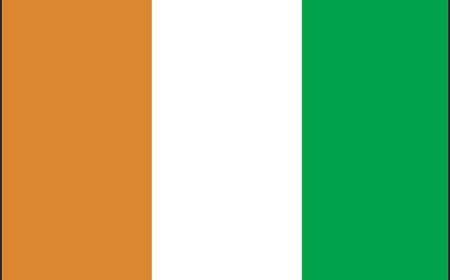Egypt for Students: Geography, Ancient History, and Culture of a North African Civilization
Discover Egypt's ancient pyramids, modern cities, and culture in this student-friendly article. Includes vocabulary, quiz, and national education standards.
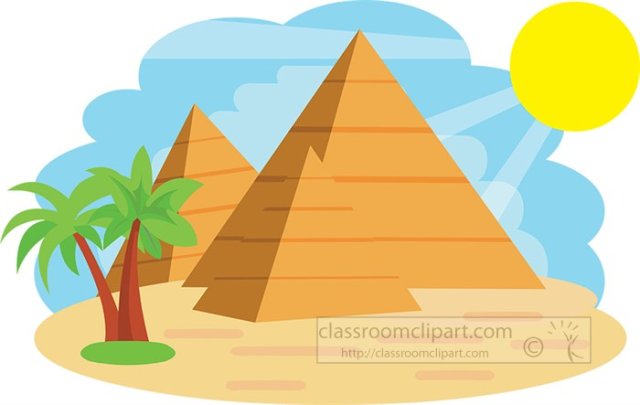
Egypt is one of the most well-known countries in the world, often called the cradle of civilization. Located in the northeastern corner of Africa, Egypt is famous for its ancient pyramids, towering temples, and the life-giving Nile River. But Egypt is also a modern nation, home to bustling cities, busy ports, and millions of people working in business, science, tourism, and education.
Egypt bridges two continents—Africa and Asia—and two time periods: the ancient past and the modern present. People around the world study its rich history, from mighty pharaohs to the mysterious Sphinx. But today, Egypt continues to grow, change, and play an important role in the African Union and the Arab world.
🌍 Geography and Environment
Egypt lies in northeast Africa, bordering the Mediterranean Sea to the north and the Red Sea to the east. It shares land borders with Libya, Sudan, and the Gaza Strip. The Sinai Peninsula, part of Egypt, connects Africa to Asia.
The most important physical feature in Egypt is the Nile River, which flows from south to north and creates a fertile valley through the desert. Nearly all Egyptians live along the Nile because it provides fresh water, rich soil for farming, and transportation. In fact, without the Nile, Egypt would be almost entirely desert.
Most of Egypt is part of the Sahara Desert, with dry, hot weather and very little rainfall. However, the Nile Delta in the north and the area around the river offer green farmland and support large cities like Cairo and Alexandria. Egypt also has sandy beaches along the Red Sea, attracting millions of tourists each year.
🏛️ Government, Language, and Population
Egypt is a republic with an elected president and parliament. The government is based in Cairo, the country’s capital and largest city. Cairo is one of the biggest cities in Africa and the Middle East, with more than 20 million people in its metropolitan area.
Egypt’s population is about 110 million people, making it the third most populous country in Africa. The vast majority of people live in cities or towns along the Nile. Arabic is the official language, and Islam is the main religion, practiced by most Egyptians. The local dialect of Arabic spoken in Egypt is slightly different from the Arabic spoken in other parts of the Arab world, but people can usually understand each other.
In addition to Arabic, some Egyptians speak English or French, especially in business, education, and tourism. The country’s currency is the Egyptian pound (EGP).
🎭 Culture and Daily Life
Egyptian culture is one of the oldest in the world. It has influenced art, music, architecture, and religion for thousands of years. Today, that culture still thrives in everyday life, from the food people eat to the holidays they celebrate.
Family is very important in Egyptian society, and most people live in close family units. Education is highly valued, and Egypt has many universities, museums, and cultural centers. In cities, people wear modern clothing, but in rural areas, traditional robes and headscarves are still common.
Egyptians enjoy a variety of foods made from ingredients like rice, beans, lentils, vegetables, lamb, and chicken. One of the most popular dishes is koshari, made with rice, pasta, lentils, and tomato sauce. Ful medames—mashed fava beans—is another traditional food, often eaten for breakfast. Sweet desserts like baklava and basbousa are favorites during celebrations.
Music and dance are also important. Traditional instruments include the oud (a type of lute) and tabla (a hand drum). Egyptian pop music and film are popular across the Arab world.
📜 A Look at Egypt’s Long History
Egypt has one of the oldest recorded histories in the world. Its story began more than 5,000 years ago with the rise of one of the earliest civilizations.
Ancient Egypt was ruled by powerful kings called pharaohs, who were believed to be part-god and part-human. These rulers built the famous pyramids to serve as tombs for the afterlife, and the largest of these—the Great Pyramid of Giza—is one of the Seven Wonders of the Ancient World.
The Nile River was the key to Ancient Egypt’s success. It allowed people to grow crops, travel, and trade. Egyptians developed their own writing system called hieroglyphics, which used symbols instead of letters.
Over time, Egypt was conquered by different empires, including the Greeks, Romans, and Arabs. In the 1800s, it came under British control, and it finally gained full independence in 1952. Since then, Egypt has become an important modern country with strong cultural traditions and a major role in world affairs.
💰 Economy and Natural Resources
Egypt has a mixed economy, with strong sectors in agriculture, industry, and especially tourism. Millions of people visit the pyramids, ancient temples, and the Red Sea resorts every year.
The Nile Delta and Nile Valley are important for growing wheat, rice, cotton, and fruits, which feed the population and support the economy. Egypt also has valuable natural gas and oil reserves, as well as phosphate and gold in desert regions.
However, Egypt faces challenges like population growth, water shortages, and poverty in some rural areas. The government is working on new projects to improve infrastructure, create jobs, and attract more investment.
🐫 Wildlife and Natural Beauty
Egypt is mostly desert, but it still has a variety of animal life and natural wonders. Along the Red Sea coast, coral reefs and sea creatures attract snorkelers and divers from around the world. In the deserts and oases, you can find camels, desert foxes, lizards, and scorpions.
In ancient times, animals like hippos, crocodiles, and lions were found in Egypt. Today, most large wild animals live farther south in Africa, but some species still live in Egypt’s protected natural areas.
Egypt’s national parks include Wadi El Rayan, a desert oasis with waterfalls and rare birds, and Ras Mohammed National Park, famous for its coral reefs.
📚 Vocabulary List
Nile A river that flows through Egypt and is the longest in the world
Delta A landform made of sediment where a river flows into the sea
Pharaoh A king of ancient Egypt
Hieroglyphics A system of writing using symbols and pictures
Pyramid A large stone tomb built for pharaohs in ancient Egypt
Oasis A fertile place in a desert with water and plants
Republic A form of government where leaders are elected
Temple A building used for religious worship
Archaeology The study of ancient history through physical remains
Civilization An organized society with cities, laws, and writing
🧒 Kid-Friendly Summary
Egypt is a special country in Africa, known all over the world for its ancient pyramids, the Nile River, and amazing history. Long ago, powerful pharaohs ruled Egypt and built giant temples and tombs. Today, Egypt is a modern nation where people speak Arabic, enjoy delicious food like koshari, and celebrate Islamic holidays with family and friends. Most people live near the Nile, which gives water to the cities and farms. Whether you’re learning about mummies, camels, or hieroglyphics, Egypt is full of exciting discoveries!
🎯 Quiz: How Well Do You Know Egypt?
1. What is the capital of Egypt?
a) Alexandria
b) Cairo
c) Luxor
d) Giza
✅ Answer: b) Cairo
2. What is the longest river in the world, flowing through Egypt?
a) Amazon
b) Congo
c) Mississippi
d) Nile
✅ Answer: d) Nile
3. What writing system did Ancient Egyptians use?
a) Cuneiform
b) Latin
c) Hieroglyphics
d) Alphabet
✅ Answer: c) Hieroglyphics
4. What large desert covers much of Egypt?
a) Gobi
b) Sahara
c) Kalahari
d) Mojave
✅ Answer: b) Sahara
5. What are the giant stone tombs built for pharaohs called?
a) Castles
b) Palaces
c) Temples
d) Pyramids
✅ Answer: d) Pyramids
🏫 National Education Standards Covered
Geography: NGS Standards 1, 4, 6, 10, 13
History: NSH Historical Thinking 1, 2, 3; Eras 1, 2, 6, 9
Social Studies (C3): D2.Geo.4-8, D2.His.1-8
Literacy (Common Core): RI.6.1, RI.6.2, RI.6.4, RH.6-8.7


















































